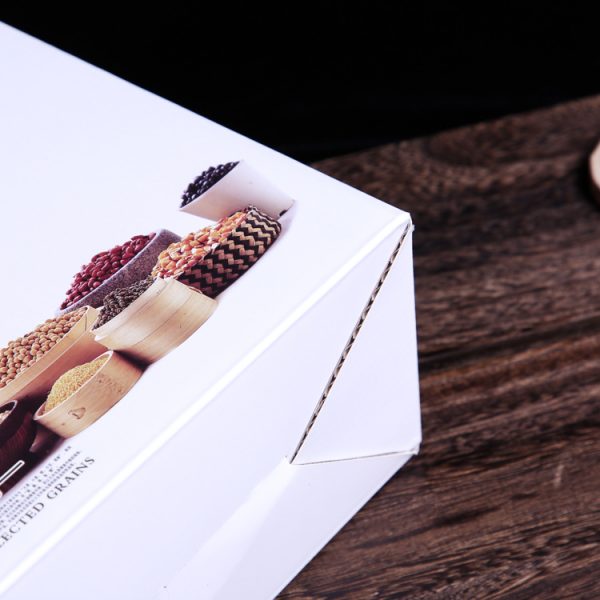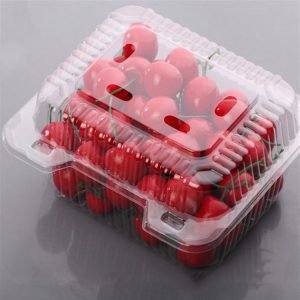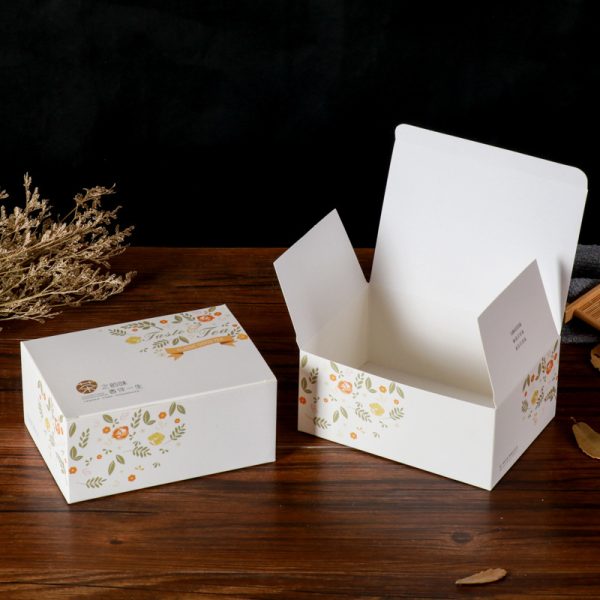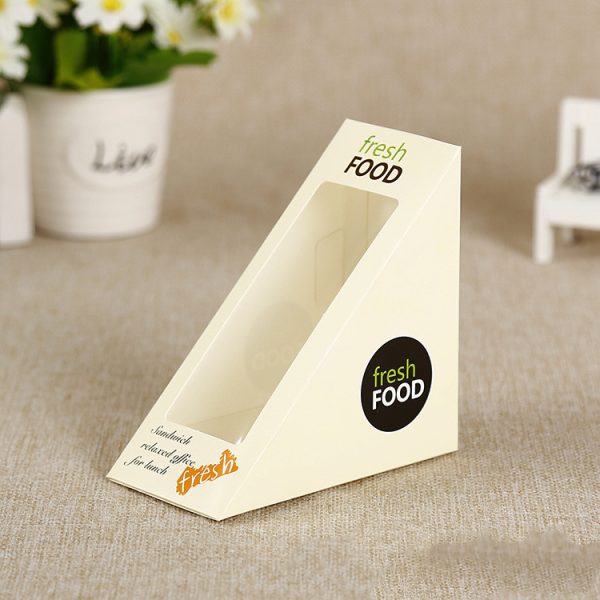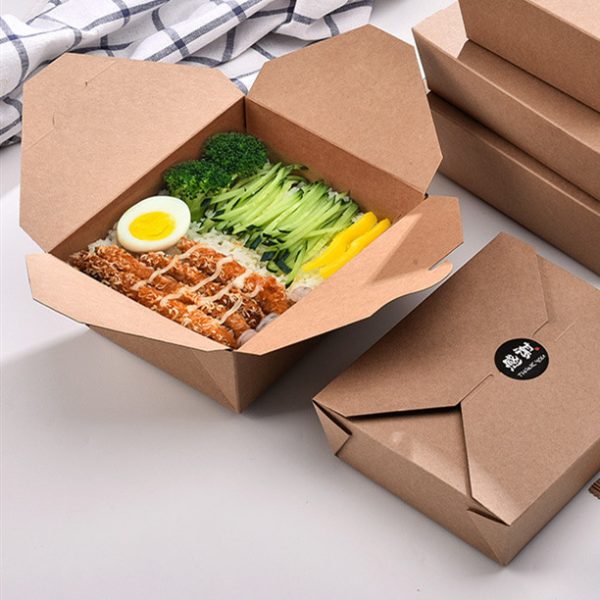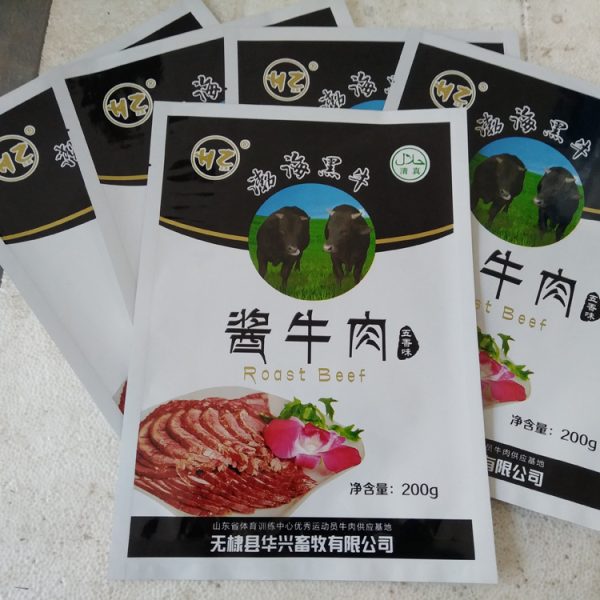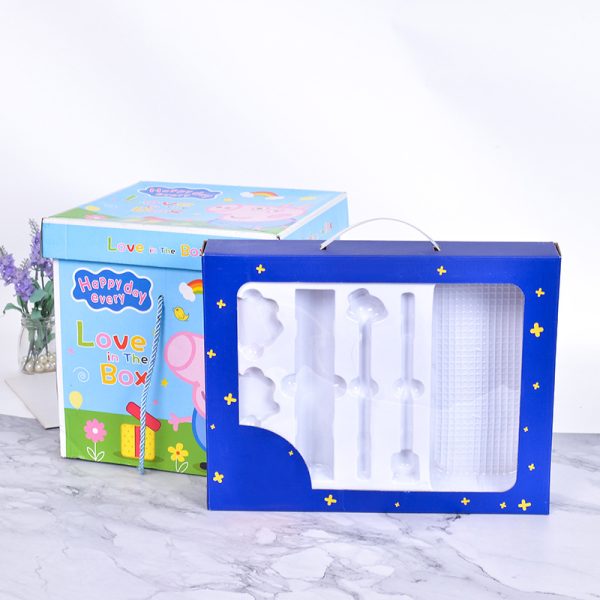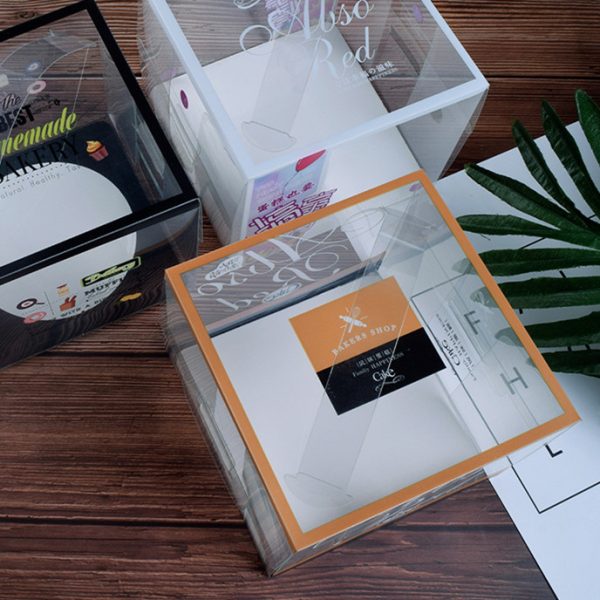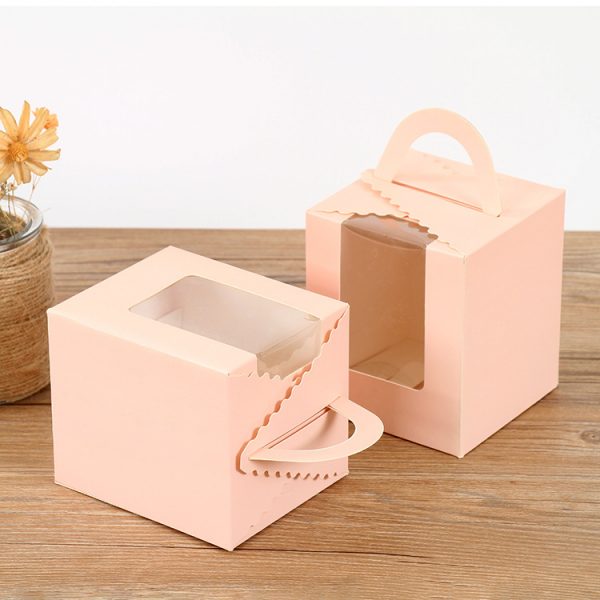A guide to sustainable food packaging
A guide to sustainable food packaging involves making thoughtful choices at every stage of the packaging process to reduce the environmental impact while still effectively preserving and presenting the food. Here are steps to consider when adopting sustainable food packaging practices: Material Selection: Choose Renewable Resources: Opt for materials derived from renewable resources, such as…

